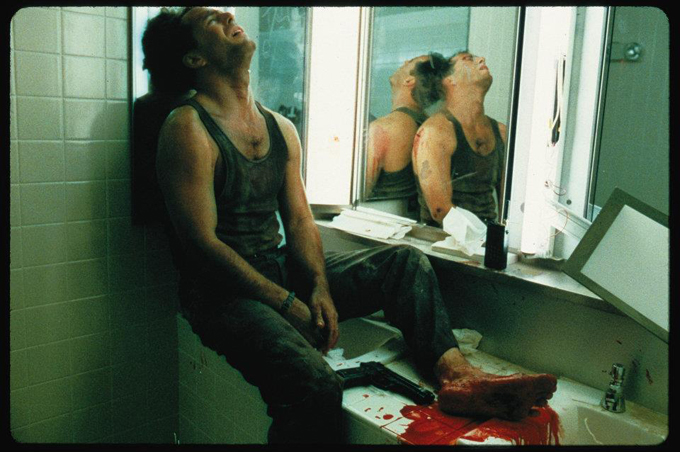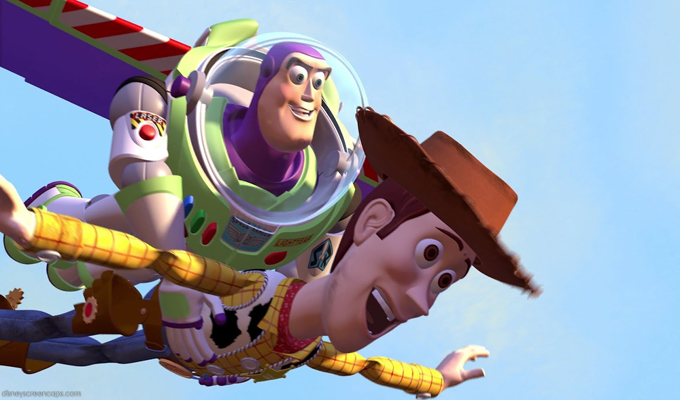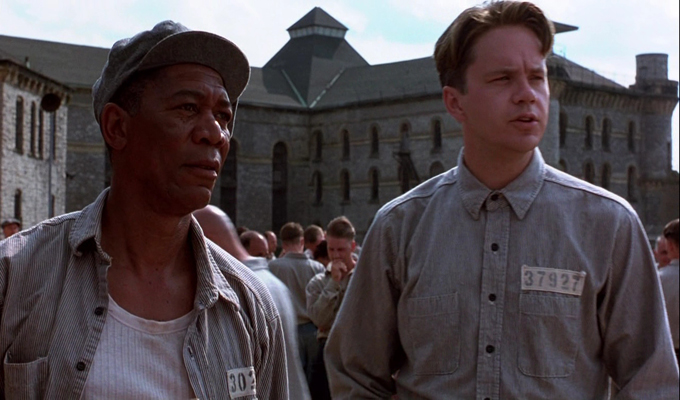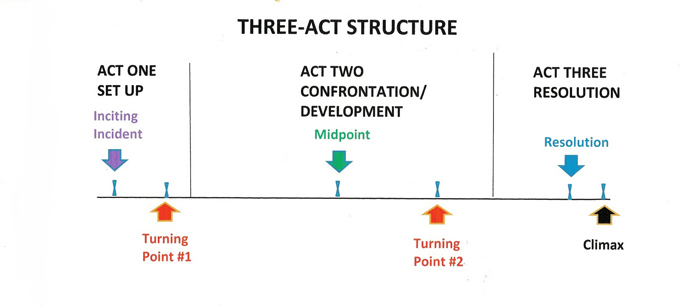Screenwriting & Marketing
One of the fields we frequently refer to in our work is screenwriting, so we’re often asked what screenwriting has to do with marketing. In this post, we’re going to take a look at one way screenwriting principles can be applied to copywriting for your business: the Three Act Structure.
What is the Three Act Structure?
The three act structure has been around since mankind first began telling stories, for in its most basic form, it is the beginning, middle and end. However, what we mean by the term these days owes much to a 1979 book by Syd Field called “Screenplay”. Field broke the structure of a screenplay into three parts or ‘acts’: Setup, Confrontation, and Resolution.
Setup
In the Setup (Act One) we’re introduced to the hero of the story (it’s commonly one hero or heroine, but can occasionally be a duo or group) in the normal course of their life. After establishing the hero’s circumstances something happens to the hero (usually at around the 10–12 minute mark) which changes their view of the world.
This event is called the inciting incident and is the catalyst for the rest of the story. In Star Wars, this is when Luke sees the video from Princess Leia asking for help; in Casablanca it is when Ilsa enters Rick’s Bar; in Die Hard, terrorists occupy Nakatomi Plaza and take John McClane’s wife hostage; in Toy Story, Andy gets a new toy in the form of Buzz Lightyear.

Shortly after the inciting incident comes the Turning (or Plot) Point One when the hero has to make a decision or take an action that will propel the story forward and begin the Act Two — for example Luke discovers that his Aunt and Uncle have been murdered by the Empire and he joins Obi Wan on the mission to save Princess Leia; Rick decides to help Ilsa and her husband get out of Casablanca.
Confrontation
Confrontation, the second act, forms the longest part of the story — it is the hero’s journey towards finding the strength, knowledge or skills required to overcome their problem. The second act will conclude with a second turning point in which the hero, just as it looks like they’re getting somewhere, encounters a setback — in Die Hard, this is when John McClane’s feet have been cut-up with glass, Hans Gruber regains his detonators and then realises that Holly is McClane’s wife. This second turning point is sometimes called the “All is Lost” moment.
Resolution
Act Three, Resolution, follows the hero as they redouble their efforts, or take a different approach to the problem which leads to the film’s conclusion and the resolution of the story — in Toy Story, all the other toys desert Woody except Buzz, and he realises that Buzz is the only one he can rely on so they reconcile and work together to be reunited with Andy; in Star Wars, the Rebel fleet attacks the Death Star.

What about marketing?
So by now you might be thinking, “what’s this got to do with marketing?” Well, let’s imagine that you want to create a case study for your business. You need to create a compelling story that will engage people and demonstrate how useful your product or service could be to them. Applying a Three Act structure could help.
One important thing to note at the outset is that your product or service is not the hero, your client or customer is. It is they who have the problem, and it is your company that provides the tool they need to save the day. The hero is usually centre of the story and the character that the audience becomes emotionally aligned with — you want your prospects to do the same, to see themselves in the client/customer’s shoes, and you as the one who can help them. In screenwriting parlance, the role of the guide or teacher is called the mentor (think Obi Wan Kenobi in Star Wars, or Red in The Shawshank Redemption), and that is the role you, and your product or service, play.

So what might a Three Act Structure case study look like?
Act 1 – Setup
You demonstrate how your client or customer (the hero) suddenly realised that the world was not as they knew it and something needed to change (inciting incident). This could be something like they realised they were losing money, too much product was being wasted, too much time was lost, etc. They decided to do something about it, that’s when they came to you or bought your product (turning point one).
Act 2 — Confrontation
This is where you show how your product or service helped the client/customer overcome their challenges. You need to show some of the process, or ups and downs. It’s the largest part of your story, and the place where you demonstrate all the features of your product or service. The second turning point (all is lost moment) may not be readily obvious, and may not be that important, but something like the client/customer realising that although they knew they had the perfect solution to their problem, they needed to convince their partners/boss/shareholders etc. might provide a suitable challenge to be overcome before heading into Act 3.
Act 3 — Resolution
You show how the client’s or customer’s problem(s) were solved and that because they bought your product or service, the firm stopped losing money, throwing away materials, wasting time. The result? They became a hero.

So, if you are looking for a new way to communicate what your business does, think about ways you can apply the Three Act Structure to create a compelling product or service story.


